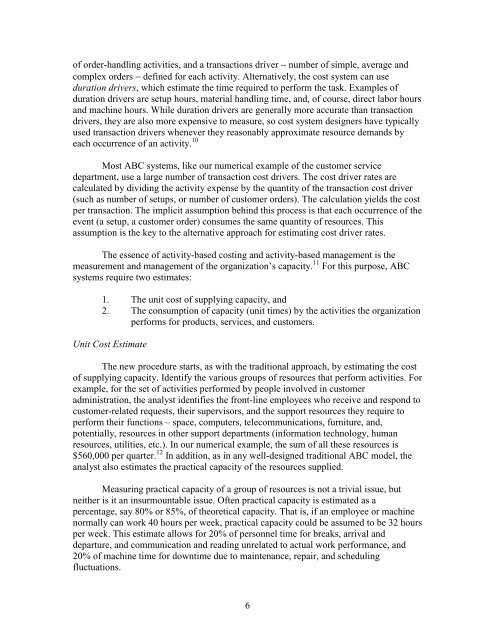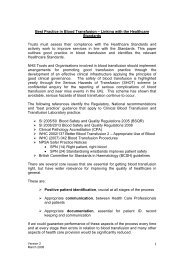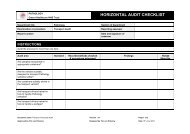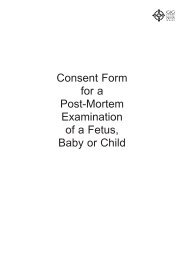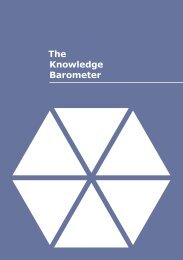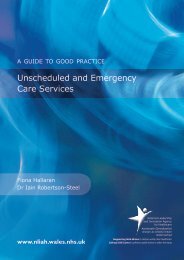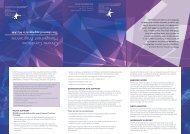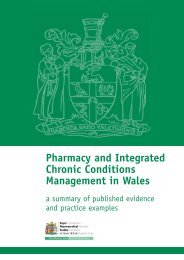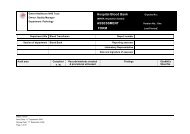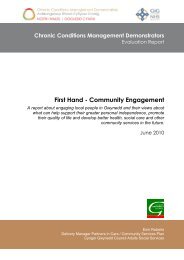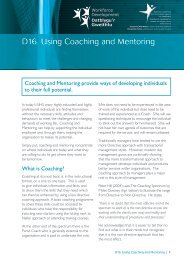Time-Driven Activity-Based Costing
Time-Driven Activity-Based Costing
Time-Driven Activity-Based Costing
Create successful ePaper yourself
Turn your PDF publications into a flip-book with our unique Google optimized e-Paper software.
of order-handling activities, and a transactions driver − number of simple, average andcomplex orders − defined for each activity. Alternatively, the cost system can useduration drivers, which estimate the time required to perform the task. Examples ofduration drivers are setup hours, material handling time, and, of course, direct labor hoursand machine hours. While duration drivers are generally more accurate than transactiondrivers, they are also more expensive to measure, so cost system designers have typicallyused transaction drivers whenever they reasonably approximate resource demands byeach occurrence of an activity. 10Most ABC systems, like our numerical example of the customer servicedepartment, use a large number of transaction cost drivers. The cost driver rates arecalculated by dividing the activity expense by the quantity of the transaction cost driver(such as number of setups, or number of customer orders). The calculation yields the costper transaction. The implicit assumption behind this process is that each occurrence of theevent (a setup, a customer order) consumes the same quantity of resources. Thisassumption is the key to the alternative approach for estimating cost driver rates.The essence of activity-based costing and activity-based management is themeasurement and management of the organization’s capacity. 11 For this purpose, ABCsystems require two estimates:1. The unit cost of supplying capacity, and2. The consumption of capacity (unit times) by the activities the organizationperforms for products, services, and customers.Unit Cost EstimateThe new procedure starts, as with the traditional approach, by estimating the costof supplying capacity. Identify the various groups of resources that perform activities. Forexample, for the set of activities performed by people involved in customeradministration, the analyst identifies the front-line employees who receive and respond tocustomer-related requests, their supervisors, and the support resources they require toperform their functions – space, computers, telecommunications, furniture, and,potentially, resources in other support departments (information technology, humanresources, utilities, etc.). In our numerical example, the sum of all these resources is$560,000 per quarter. 12 In addition, as in any well-designed traditional ABC model, theanalyst also estimates the practical capacity of the resources supplied.Measuring practical capacity of a group of resources is not a trivial issue, butneither is it an insurmountable issue. Often practical capacity is estimated as apercentage, say 80% or 85%, of theoretical capacity. That is, if an employee or machinenormally can work 40 hours per week, practical capacity could be assumed to be 32 hoursper week. This estimate allows for 20% of personnel time for breaks, arrival anddeparture, and communication and reading unrelated to actual work performance, and20% of machine time for downtime due to maintenance, repair, and schedulingfluctuations.6


